As AI agents increasingly handle tasks like email drafting or resolving customer service issues, one challenge becomes clear: how can these agents communicate effectively – not only with humans but also with the software systems they depend on?
The digital world today is built for human interaction. Measures like CAPTCHAs and anti-bot protocols, designed to block malicious automation, reflect this reality. Websites and applications are optimized for human experience, not for the needs of AI. This creates a fundamental inefficiency: an agent, like OpenAI’s Operator, tasked with interacting on a website must mimic human behavior—clicking buttons, filling out forms, or navigating pages. While this capability is a technological feat, it also reveals an underlying issue: instead of rethinking how systems could better support AI, we force AI to adapt to systems designed for us.
This approach shifts the burden of adaptation entirely onto the agent. It must deal with fragmented APIs, authentication layers, and interfaces that prioritize human usability. Is this really the best way forward? It feels reminiscent of Leonardo da Vinci’s ornithopter, a flying machine inspired by birds’ flapping wings. Ingenious, yes, but modern airplanes, which abandoned that imitation, took flight because they reimagined the problem rather than trying to work within existing paradigms. The way we design for AI today risks repeating that same mistake, prioritizing adaptation over optimization.
Some initiatives, like Anthropic’s Model Context Protocol (MCP), are moving in the right direction by proposing universal standards for how agents interact with software. MCP offers a framework where agents don’t need to mimic human workflows or rely on bespoke integrations. Instead, they can execute actions directly, through a unified protocol, bypassing layers like forms or natural language inputs. This abstraction not only reduces friction but also makes systems easier to scale and maintain.
But the deeper challenge remains: how do we rethink the systems themselves? Websites, applications, and workflows were historically built to maximize human experience, and understandably so. Humans were the primary users. Now, as AI takes on a central role, this paradigm feels increasingly obsolete. Forcing AI to conform to systems that weren’t designed for it limits efficiency and scalability, much like trying to retrofit an ornithopter to keep pace with a jet.
The path forward isn’t about abandoning human usability but balancing it with systems that embrace automation. Efficiency doesn’t have to come at the expense of trust, transparency, or oversight. Businesses that embrace this shift won’t just keep up with AI-driven change—they’ll lead it. They’ll set the standards for a world where AI and human systems coexist in ways that make both better.
Learn more on the latest evolution of AI by subscribing to our Gen AI newsletter.

 BLOG
BLOG





